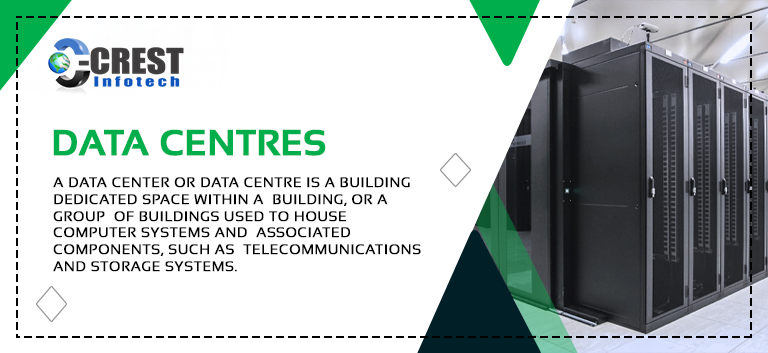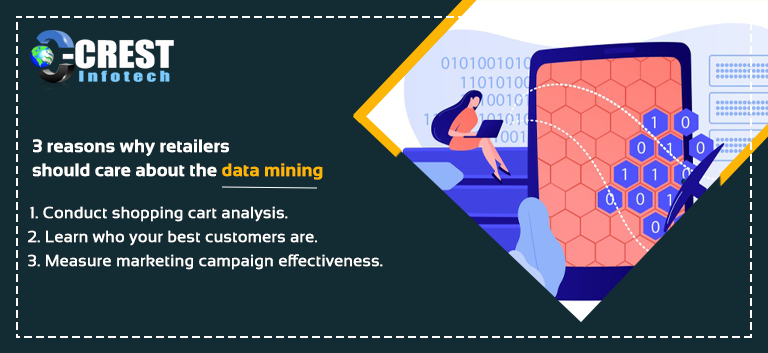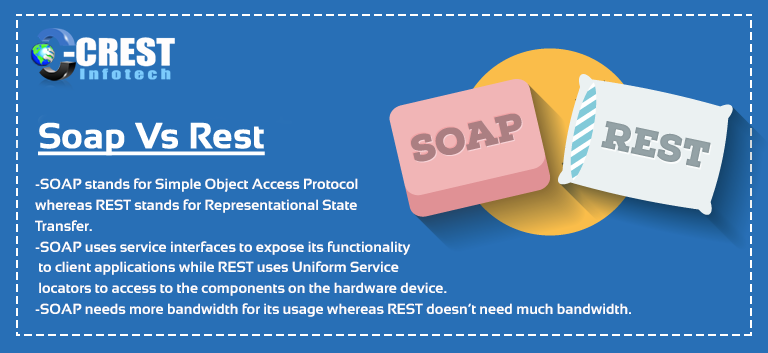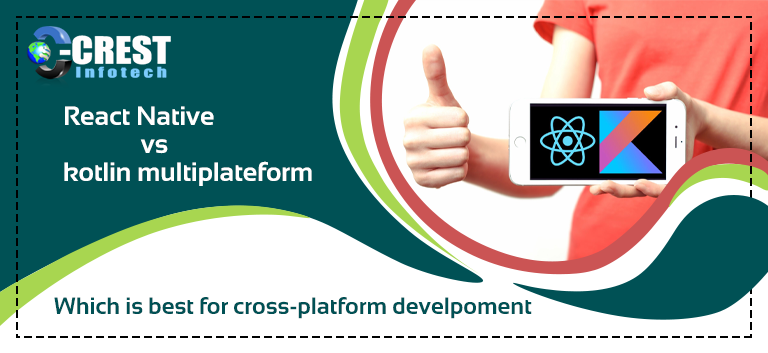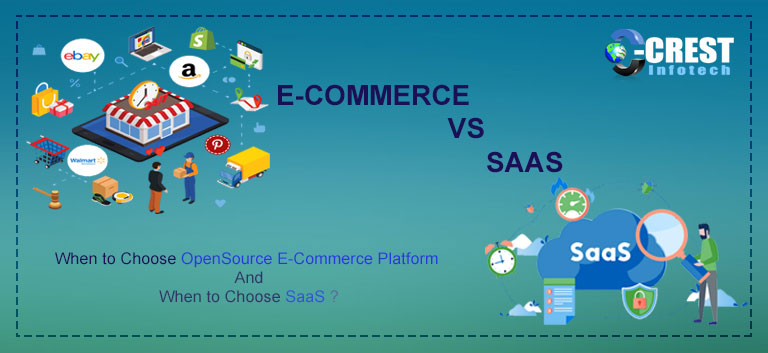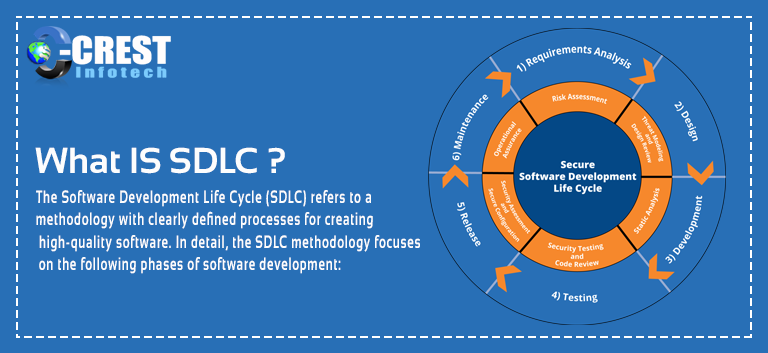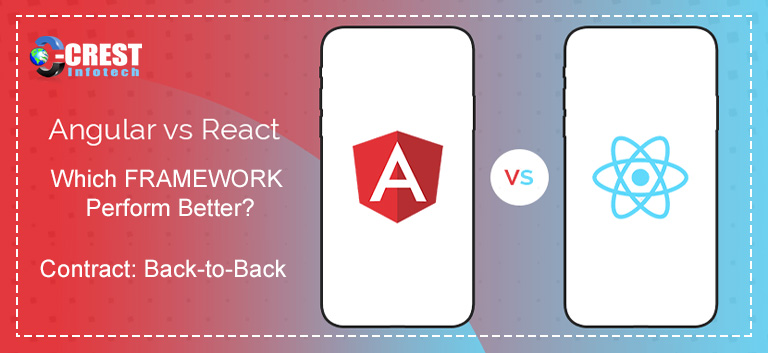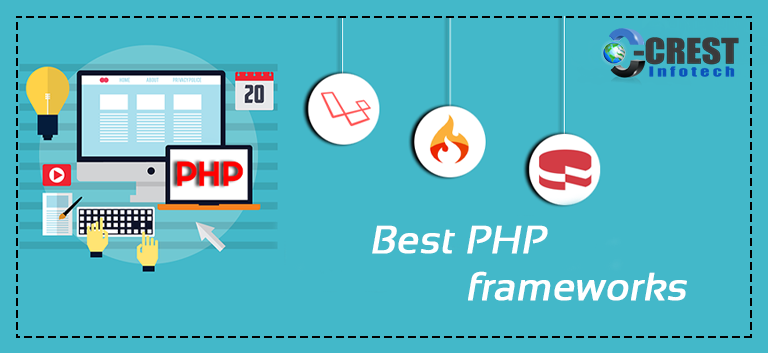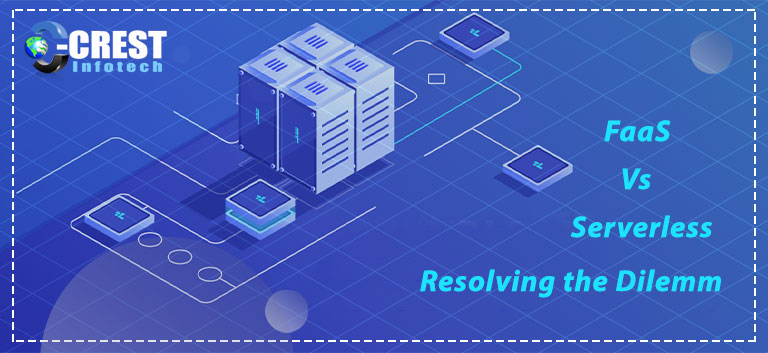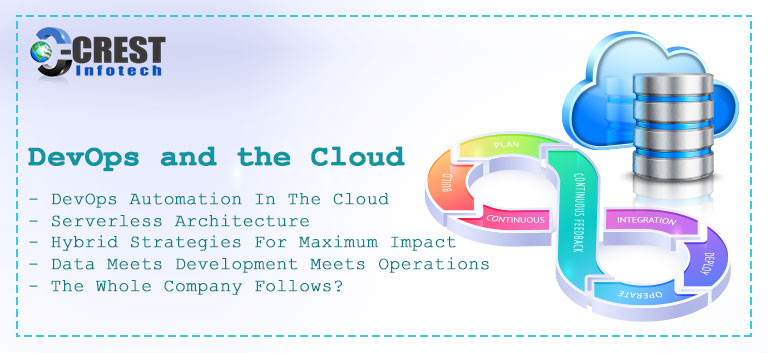In managed environments and under centralised management, data centres house essential computing resources that enable businesses to run around the clock or according to their business needs.
Practically, every company has one or more data centres. Using separate operating systems and hardware architectures, others have developed quickly to fit diverse enterprise application environments. Evolution has led to diverse and varying ecosystems that are costly to control and sustain.
The supporting network infrastructure might not have improved rapidly enough to be versatile in accommodating on-going redundancy, scalability, protection, and management requirements in addition to the application setting.
A network architecture of the Data Centre lacking in any of these areas risks being unable to maintain the planned service level agreements (SLAs). Data Centre downtime, failure of the infrastructure or inability to incorporate new services means that SLAs are not met, resulting in a lack of access to essential resources and a quantifiable effect on regular business operations. The effect may be as easy as increased reaction time or as significant as data loss.
Goals:
The advantages of a data centre include conventional market-oriented objectives such as supporting business operations around the clock (resilience), minimising the overall operational costs and maintenance required to manage the business function (total cost of ownership), and rapid deployment of applications and consolidation of computing resources (flexibility).
A number of information technology (IT) initiatives are created by these business goals, including:
- Continuance of business
- Increased Data Centre security
- Application, server, and Data Centre consolidation
- Integration of client/server and multi-tier (n-tier) applications or web service-related applications
- Consolidation for Storage
These IT policies are a combination of the need to resolve short-term issues and set a long-term strategic course, both of which involve an architectural strategy to prevent needless disruption if the network of data centres is not adequately scalable to accommodate potential changes.
The parameters for the design are:
- Disposability
- Scalability
- Security
- Performance
- Management ability
For these various functional areas of a Data Centre network, these architecture requirements are applied:
- Infrastructure services: design of routing, switching, and server-farm
- Load balancing, Secure Socket Layer (SSL) offloading, and caching of application services
- Security services-Filtering and inspection of packets, detection of intrusions and intrusion prevention
- SAN Architecture, Fibre Channel Switching, Backup, and Archival storage facilities
- Business continuity: extension of SAN, collection of sites and interconnectivity with the Data Centre
Facilities:
Since data centres house essential computing infrastructure, businesses need to make special arrangements for both the equipment that houses the equipment and the workers needed for a 24-by-7 service.
A high concentration of server resources and network infrastructure is likely to sustain these facilities. Together with the business criticality of the applications, the demands posed by these tools generate the need to resolve the following areas:
- Capacity to power
- Power cooling
- Cabling with
- Controls temperature and humidity
- Systems for Fire and Smoke
- Physical security: access and surveillance systems limited
- Room for racks and elevated floors
Roles of data centre in the service provider environment:
Unlike in corporate environments, data centres in service provider (SP) environments, referred to as Internet Data Centres (IDCs), are the source of revenue that funds collocated server farms for enterprise clients.
The SP Data Centre is a service-oriented environment designed to house, or host, the application environment of an enterprise customer under tightly managed uptime and availability SLAs. When the primary purpose for the Data Centre is to serve Internet-facing applications, companies often create IDCs.
The IDCs are segregated from the internal Data Centres of SP which support the environments of internal business applications.
Application environments adopt particular application architecture structures, such as the classic client/server or n-tier model, whether designed for internal face or collocated applications.
You can also Hire Dedicated Developer and Hire Dedicated Designers. Contact Crest Infotech to know more about Dedicated Development and Designing services in Details.
